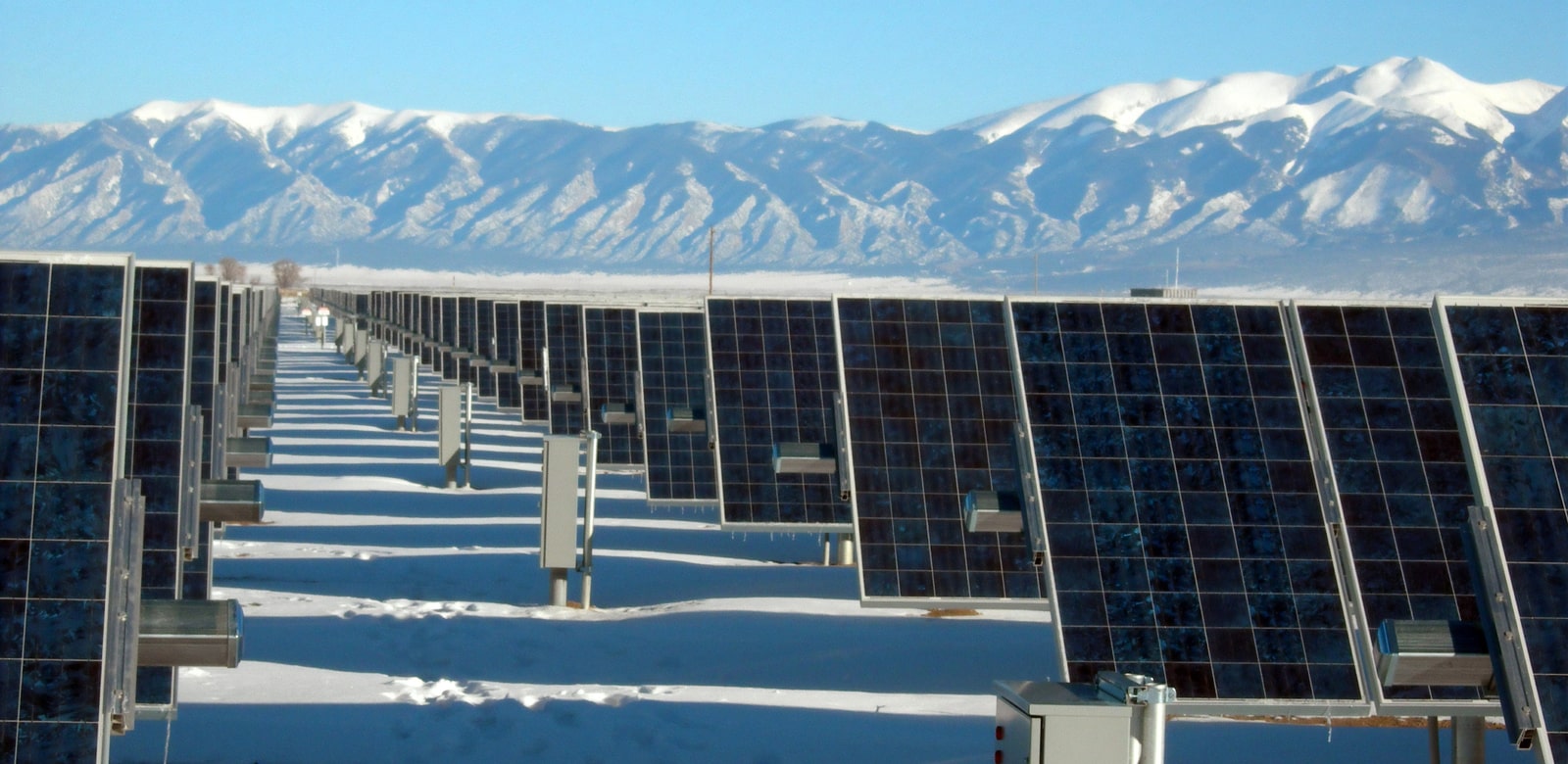
In recent decades, due to the growing importance of sustainability-driven investments, the finance industry entities such as venture capitalists all look towards investing in Greentech companies. These companies look towards investing in projects and technologies that are involved in improving environmental stability and often cater to environmentally aware consumers with products and services that utilize combinations of environmental monitoring and electronic devices, thus achieving the goals of either clean energy or green products or reduction of energy use.
Technologies that initially received interest from cleantech venture capitalists included those from the energy sector, including solar power, biofuels, fuel cells, etc. This trend can be traced back to the early 200s when the CEO of Cypress Semiconductor, T.J. Rodgers, invested his own money in SunPower, a failing company at that time. Today, T.J Rodgers is one of the most successful green-tech investors, as along with SunPower, which is earning around 1.8 billion dollars in revenue, he had also invested in Bloom energy, a company specializing in the manufacturing of solid oxide fuel cells, which is also earning around 700 million dollars in revenue.
When Enron collapsed in the early 2000s, General Electric, a company involved in the production and distribution of energy equipment, decided to buy the wind division of Enron. General Electric is now one of the biggest manufacturers of wind turbines.
Investors tend to look towards green energy technology as viable alternatives to conventional energy sources in many fields. In the last few years, there has been a drastic change in producing energy from coal-burning thermal power plants and in producing energy from wind and solar energy. The cost of photovoltaics declined, and the electricity price at which a company needed to break even was reduced to such a level that it is now much lesser than the price charged by a coal power plant. This improved cost-effectiveness of solar and wind power would lead to the increasing number of users backing up these green energy technologies.
Moreover, green energy technology is often associated with the reduction of wastage and reduction of other externalities such as pollution, which has time and again been caused due to the production and consumption of energy produced from non-renewable resources such as crude oil, coal, and natural gas. The improved efficiency by which natural resources are used without depleting them and damaging them furthers the cause of shifting towards green energy technology.
But perhaps, the reason why green energy tech finds so much growth over the last decade is due to the growing consumer awareness about the environmental damage inflicted due to the increasing economic activities. Not only do these cause much more visible effects of climate change or increasing acidity of the oceans, but they cause the much-hidden costs of economic damage. For example, people have now found that the rise in temperatures is causing problems in various forms of economic activity, from varying the levels of productivity in crop yields to adding manufacturing costs due to an increase in heating or cooling costs. As a result environmental and economic damage caused by human factors has become more prominent and transparent over time. Consumers, particularly the newer generations of millennials, want to buy brands that are eco-friendly and fulfill the purpose of sustainability. Governments too have shifted towards green energy resources as a viable source of energy for the populace as a whole. The UK government announced its plans to inject around 200 million pounds into these sectors, even though private investment in the same is reaching new heights. China has invested in wind power, solar power, and energy-smart technologies and was the world leader in renewable energy capacity in the year 2019. Taiwan too has experienced a huge rise in investment in clean energy between 2018 and 2019, with an increase of almost 7 billion dollars within the year. With much of the international community’s push towards achieving a global environment-friendly economy, it could be understood why there was a sudden rise in investments in the sector.
But these investments are not without risks. When green technology, first came into the picture, it was seen as a disruptive technology, similar to the likes of the internet, wherein the latter changed the whole media landscape. It was expected that innovations like electric cars and tidal and wind turbines, would remake the whole energy sector. Along with these expectations, were the successes of various venture capitalists, and the firms they invested in, such as DBL Investors, Google Inc., etc. in BrightSource Energy, Rodgers in SunPower, and Bloom Energy had increased the flow of capital into the sector. And with the increased capital flow, there was an increase in entrepreneurs in the industry.
But this level of the increased flow of capital and entrepreneurs led to an increase in demand for the technology and raw materials already present. As more and more investors looked for investments into solar power as an alternative energy source to thermal power, the price of silicone, often used in photovoltaics increased to around six times in the span of half a decade. And by 2008, with the economic collapse leading to a decrease in earnings and an increase in losses, along with various investment institutes filing for bankruptcy, investments into the energy sector too fell around 1.5 billion dollars.
More so than the economic collapse, there is another factor associated with the fall of investments – impatience. Green energy technology is a high-risk investment and needs backing up of careful research. Green fuel Technologies created by research teams in Harvard and MIT had developed technology that established algae as a potential biofuel resource. But the company faced too many backlogs, delays, and technical problems, eventually leading to a credit crunch and shut down of its activities. Moreover, it takes plenty of time to reap the benefits of the same. The timeline by which a venture capitalist firm operates and by which an energy company is found and turns for IPO, vary from each other vastly. And due to the nature of the industry, these companies require heavy investment, therefore investors should not only consider if they have sufficient capital for the initial investment but also be able to maintain them until the firm is ready to break even.
But even then, investments in renewable energy investment and green energy technologies seem to have more pros than cons. Even though the natural gas price has fallen, reducing the financial incentives for investing in the green energy sector, these prices are highly volatile. Moreover, investing in green energy gives not only the added benefit of reducing the overhead costs but also provides a good image of the brand to the consumers. Studies have pointed out that consumers feel a much more emotional connection to brands that have adopted green energy investments and have the tendency to buy these brands more. At the moment, the energy sector is still growing and with far more advancements in technology have taken place, it is safe to assume that investments into the energy sector would be less risky than they had been a decade ago.
Author

Arundhathi
(PGDM Program)